#2 & #55 Goodrich
Castle
Herefordshire, England
before
1102/~1150/~1280-1296
This
is NOT an official Lego site
| Photos
of the Lego Model Built August 1993 |
||
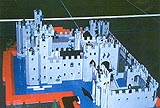 |
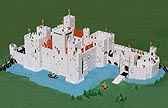 |
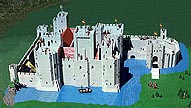 |
| First
attempt July 1986 |
South View |
Southwest
View |
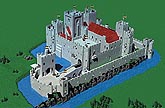 |
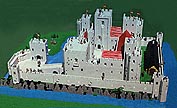 |
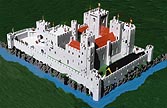 |
| East View |
Northeast
View |
North View |
Other
Goodrich Castle pages:
http://www.castlewales.com/goodrich.html
https://www.english-heritage.org.uk/visit/places/goodrich-castle/
https://en.wikipedia.org/wiki/Goodrich_Castle
https://www.britainexpress.com/counties/hereford/castles/goodrich.htm
Return to the main
castle page.
Castles created by Robert Carney
Page
created and maintained by Robert Carney